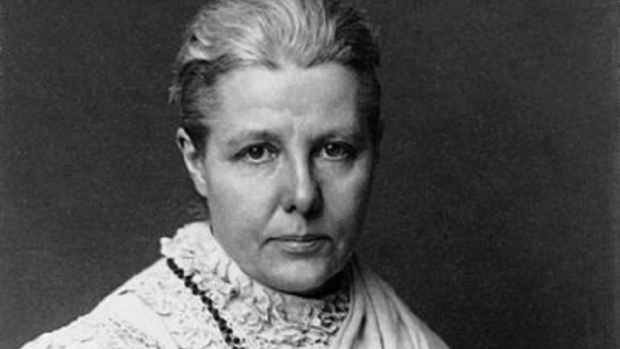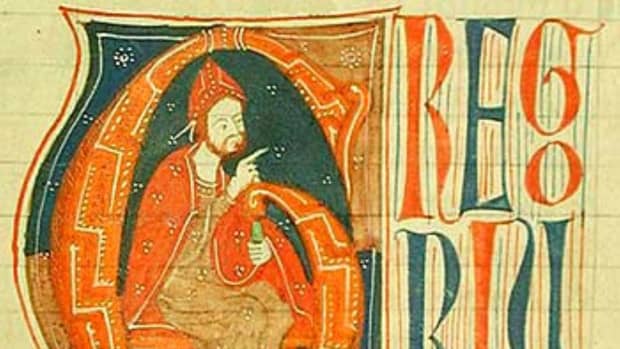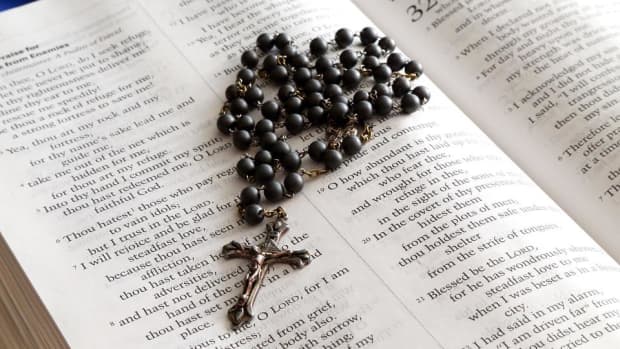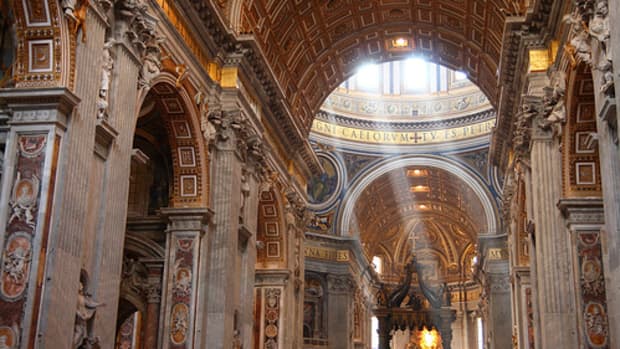The Western Schism of 1378: Three Popes at the Same Time
What Was the Western Schism and Why Does It Matter in History?
The Western Schism of 1378-1417 was a cataclysmic episode in Roman Catholic history. It rocked Europe, and it split the church for almost 40 years. During the schism, also called the Papal Schism, the Schism of 1378 and the Great Occidental Schism, power struggles and politics took precedence over ecclesiastical concerns, and the church's reputation plummeted.
When Pope Gregory XI died in Rome on 27th March 1378, Bartolomeo Prignano, the Bishop of Rome, and Robert of Geneva, the Bishop of Avignon, France, were elected as popes within six months of each other, and the Western Schism was created.
Avignon's bishops had provided popes for the previous seventy years, but there were calls in Rome for a Roman pope to be appointed. Pope Gregory XI had travelled to Rome in 1377, and he died there. That was Rome's claim over Avignon.

Allegiances to the Rome and Avignon popes between 1378 and 1409, prior to the Pisan line claimants.
Wikipedia/Lankazane CC3.0
Pope Urban VI Makes Enemies of His Cardinals
On 8th April 1378, Neapolitan (a person from Naples) Bartolomeo Prignano was unanimously elected Pope Urban VI by the church's Council of Cardinals. Roman citizens were furious that he wasn't from Rome. A large number of cardinals fled the city to avoid a feared devastating rebellion that did not occur.
The French king and his court were loathed to acknowledge Urban as their pope, and they started to plot his removal. The plotters could have spared themselves the effort; contemporary reports tell us that the power very quickly went to Urban VI's head. The cardinals discovered that he was angry and arrogant, and soon it was whispered that he was mad with power. Pope Urban VI brought in changes that left the cardinals poorer, and he offended the French king when he refused to reside in or visit Avignon.
Key Locations
Pope Urban VI Dismissed and Pope Clement VII Elected
The disillusioned cardinals met in Anagni on 9th August 1378. They issued a manifesto of grievances. It claimed that Pope Urban VI was chosen in haste as the Roman mob bayed at the door and that he was not what they'd envisioned for their church. He was no longer the pope. Queen Joanna of Naples withdrew her support for the Neapolitan pope.
Within two weeks, missives were sent by the cardinals present at the meeting to cardinals who were absent, advising them that the role of pope was vacant.
Pope Urban VI refused to slink off into the shadows. He excommunicated Queen Joanna of Naples, and he ingratiated himself with her eventual successor Charles III of Naples.
On 20th September 1378 in Fondi, Robert of Geneva, Bishop of Avignon, was elected as the new pope, Clement VII. King Charles V of France and the powerful Gaetani family in Fondi championed the new pope. Clement VII promptly excommunicated Urban VI.

Pope/Antipope Clement VII, right and seated. The Duke of Anjou in blue and gold is having an audience with the Avignon based pope.
Wikipedia Public Domain
The Western Schism Continues: Popes Boniface IX and Benedict XIII
Pope Clement VII was disinclined to repair the schism in the Roman Catholic church unless he was to remain as pope; of this, he was not assured.
He returned to the papal palace in Avignon, and the French court supported him financially. French royal Louis, Duke of Anjou, led an army to defend Clement's papal supremacy and to forge a path to Rome so that his rival could be banished. This proved unsuccessful. Pope Clement resorted to extortion, land sales and seizures to finance further inconclusive incursions.
King Charles III of Naples and his people grew disenchanted as the costs of defending their land and Urban VI's papacy from Clement VII mounted. Support for Urban VI dwindled in northern Italy. When formerly faithful cardinals turned on Urban, he ordered their torture and deaths.
Recommended
In 1388 he led an army out of Perugia. He fell from his mule, and he died from his injuries. Rumours circulated that he was dispensed with poison.
Urban VI was succeeded by Pope Boniface IX, born Pietro Tomacelli in Naples.
Clement VII died in Avignon on 16th September 1394. His successor was Pope Benedict XIII, Aragonese-born Pedro Martínez de Luna y Pérez de Gotor.
1409: Three Popes at the Same Time
Despite several conferences over the years of crisis with Europe's leaders and scholars the Roman Catholic Church was unable to resolve the Western Schism. In 1409 the Council of Cardinals aimed once again to end the multi-pope confusion.
A new pope was elected, and it was hoped that the other two popes could be persuaded to step aside. Avignon and Rome's popes refused to accept Pope Alexander V (Peter of Candia) from Pisa's authority. The result? Greater bemusement and three popes at the same time.
The Rome-based pope Boniface IX died in 1404, and he was succeeded by Innocent VII, who died in 1406. He was replaced by Gregory XII.
Pope Benedict XIII maintained control from Avignon.
Pisan Pope Alexander V died within a year of taking office.
On 16th November 1414, Alexander V's successor Pope John XXIII convened the Council of Constance in Germany to bring an end to the schism. The council sat until 22nd April 1418, and it was attended by six hundred or more Roman Catholic ministers.
1414-1418: The Council of Constance
The Council of Constance delivered the following results:
All of the popes elected during the period of the Western Schism were labelled Antipopes. This is how we saw Pope Clement VII in the 16th century and Pope John XXIII in the 20th century. These were not duplications, as their namesakes were not regarded as legitimate popes.
In 1415 Antipopes John XXIII and Gregory XII accepted that they were deposed. Benedict XIII refused, and he was excommunicated by the council on 27th July 1417.
The Council of Constance selected their new pope on 11th November 1417. Pope Martin V, born Odonne (Otto) Colonna, began his papacy three days later. His tenure ended with his death in 1431.
Antipope Benedict XIII believed that he was the true pope until his death in 1423. He organised the selection of his successor from his deathbed. Aragon-born Antipope Clement VIII finally abdicated in favour of Pope Martin V on 26th July 1429, and he accepted a new role as the Bishop of Mallorca.
The Western Schism was officially over, and the Roman Catholic church's wounds from the breach healed slowly.
Sources
- The Western Schism | Western Civilization
- The Western Great Schism: Two Popes at One Time
- Western Schism | History, Background, & Resolution | Britannica
This content is accurate and true to the best of the author’s knowledge and is not meant to substitute for formal and individualized advice from a qualified professional.
© 2023 Joanne Hayle











